Do you have a question about the Roland SoundCanvas SC-88 Pro and is the answer not in the manual?
Essential guidelines to prevent hazards like fire, electric shock, or injury during operation.
Key guidelines for safe operation, placement, maintenance, and handling.
Steps for connecting a MIDI keyboard and verifying sound output.
Understanding the unit's 32 parts, instrument assignments, and map selections.
Adjusting overall reverb, chorus, and delay levels for all parts.
Steps and details for configuring the unit's two-band equalizer for tone adjustment.
Overview of insertion effects and how to apply them to individual parts.
Step-by-step guide to selecting and adjusting insertion effect types and parameters.
Modifying and saving custom instrument sounds, effects, and patches.
Creating and saving custom drum instrument sets.
Connecting the unit to a computer for control, sound selection, and editing.
Selecting sounds and instruments remotely using MIDI messages.
Detailed explanation of received MIDI messages like Note, Pitch Bend, and Control Change.
Solutions for common operational problems and error messages.
Essential guidelines to prevent hazards like fire, electric shock, or injury during operation.
Key guidelines for safe operation, placement, maintenance, and handling.
Steps for connecting a MIDI keyboard and verifying sound output.
Understanding the unit's 32 parts, instrument assignments, and map selections.
Adjusting overall reverb, chorus, and delay levels for all parts.
Steps and details for configuring the unit's two-band equalizer for tone adjustment.
Overview of insertion effects and how to apply them to individual parts.
Step-by-step guide to selecting and adjusting insertion effect types and parameters.
Modifying and saving custom instrument sounds, effects, and patches.
Creating and saving custom drum instrument sets.
Connecting the unit to a computer for control, sound selection, and editing.
Selecting sounds and instruments remotely using MIDI messages.
Detailed explanation of received MIDI messages like Note, Pitch Bend, and Control Change.
Solutions for common operational problems and error messages.
| maximum polyphony | 64 voices |
|---|---|
| preset sounds | 1117 |
| drum sound set | 42 |
| user sounds | 256 |
|---|---|
| user drum sound set | 2 |
| user effect | 64 |
| reverb types | 8 |
|---|---|
| chorus types | 8 |
| delay types | 10 |
| display size | 70.6 x 24.5 mm |
|---|---|
| display type | backlit LCD |
| power supply | AC117V, AC230V or 240V |
|---|---|
| power consumption | 16W (AC117V), 16W (230V/240V) |
| dimensions (mm) | 218 (W) x 250 (D) x 72 (H) |
|---|---|
| dimensions (inches) | 8-5/8 (W) x 9-7/8 (D) x 2-7/8 (H) |
| weight | 2.6 kg |
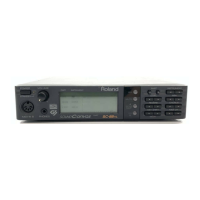
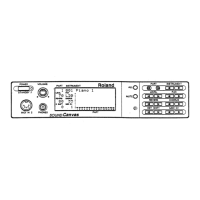
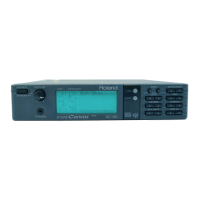
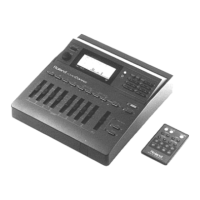
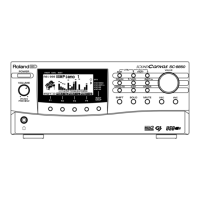
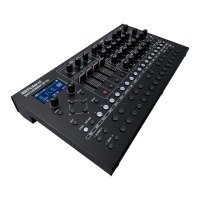
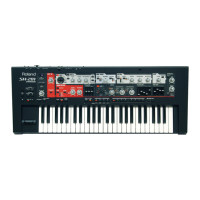
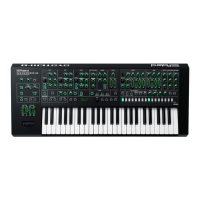
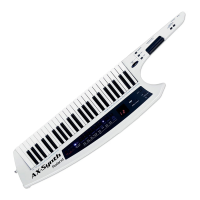

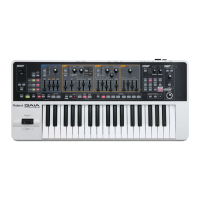
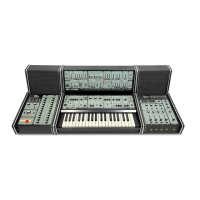
